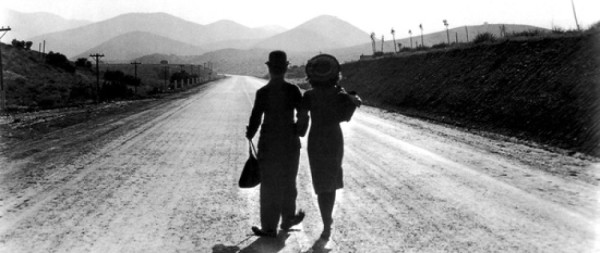The Beast of Yucca Flats
Directed by Coleman Francis
Written by Coleman Francis
1961/USA
Cardoza-Francis Productions
First viewing/Amazon Prime
[box] Narrator: Flag on the moon. How did it get there?[/box]
This gem gets one star for quality and 4.5 stars for entertainment value! I knew I had hit bad movie gold within the first two minutes.
The first thing you need to know is this movie was shot without sound so much of the “action” is narrated by the writer/director. Most dialogue is spoken with the actors’ backs to the camera. The story begins out of nowhere with a bare-breasted woman toweling off after a shower. She moves from the bathroom to the bedroom, where, still wrapped in the towel, she removes her shoes (!). Then mysterious hands strangle her and leave her dead in her bed.
We move into flashback where we learn that humanitarian Soviet scientist Joseph Jarvosky (Tor Johnson, an Ed Wood regular) has defected, taking with him secret photos of a flag on the moon in his brief case. After a loooong and inept car chase with Soviet agents, he escapes into Yucca Flats where he immediately is exposed to an A-bomb test and transformed into a crazed Beast. He is a victim of “progress”, as the narrator reminds us over and over.
[box] Narrator: Boys from the city. Not yet caught by the whirlwind of Progress. Feed soda pop to the thirsty pigs.[/box]
We have to assume he killed the girl in the opening scene. His next victims are a couple stopped to repair a flat tire in the desert. The Beast immediately kills the man and drags the woman into his cave. Police find the body and the woman’s purse and begin the search for the culprit.
In the meantime, a family of four makes a stop in the desert and their two little boys run off to explore. When the boys do not return, the father goes off to look for them. Big mistake as one of the policemen is up in a helicopter looking for the killer and has instructions to shoot first and ask questions later. He only wounds the man who manages to return to the car. He leaves his wife alone (!) while he goes off to get help.
I won’t pursue this any farther except to say that the ending sequence with the jack rabbit is absolutely classic.
This looks and feels like something a maniac like Ed Wood could churn out in a couple of hours. Coleman Francis possesses that special genius for the bizarre that is right up my alley. I didn’t think I would find anything to compete with my beloved Robot Monster but this did. The jury is still out because I would need to see if it holds up to repeat viewing like that film.
Somebody took the trouble to restore a pristine looking print which can be seen on Amazon Prime. The complete film is also available on YouTube, as is an MST3K version.
Trailer
Trailers from Hell



